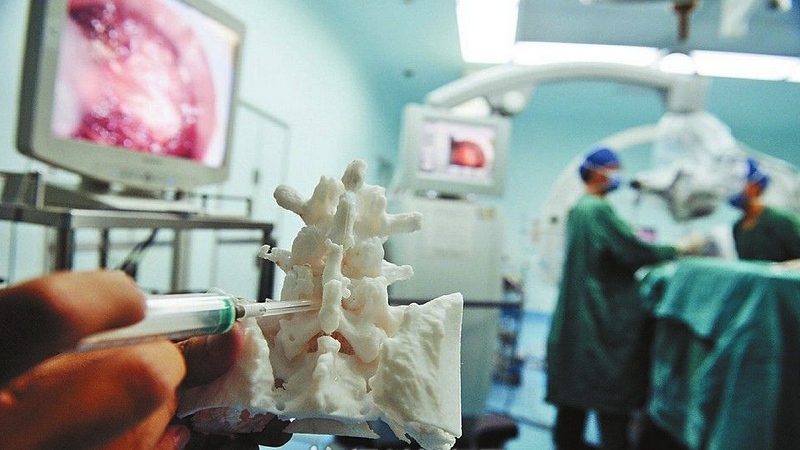
Researchers from Seoul, Korea, worked towards using 3D Printing to enhance Spine Surgeries by creating a new Endoscope-Assisted Spine Surgery System involving combined cannula, featuring one cannula for the endoscope and the other for surgical instruments, with major and minor axis diameters of 10.34 mm and 9.16 mm, respectively. The creation of Test Spine Model involved: Create 3D Design from 2D data from MRI and CT scans; 3D Print spine components; Fabricate silicone molds with the 3D printed spine components; Make spine components with required properties and Assemble the patient-specific model. Imaging data was imported to slicing software, with models then 3D printed on a Creatable D3.